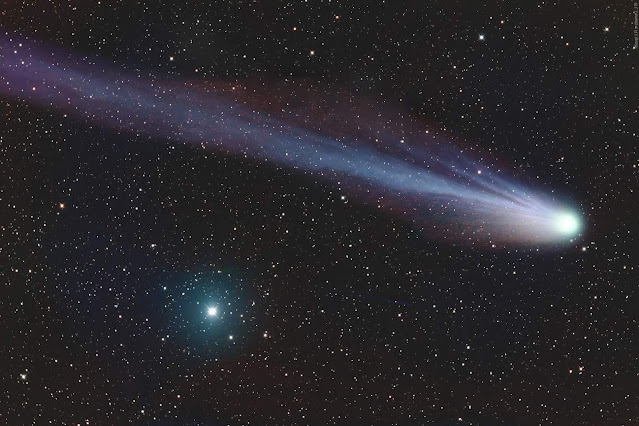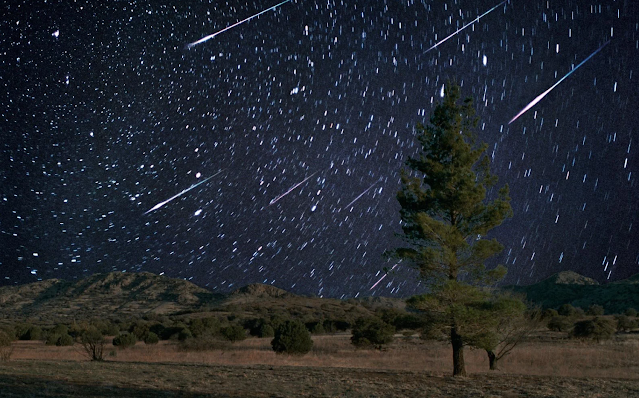Comet 12P/Pons-Brooks - A Celestial Wonder

Comet 12P/Pons-Brooks was imaged by Lukas Demetz and processed by Rolando Ligustri using Insight Observatory's affiliate remote telescope, AFIL-23 located in Nerpio, Spain. Comet 12P/Pons-Brooks, a captivating icy traveler named in honor of the remarkable comet hunters Jean-Louis Pons and William Robert Brooks, periodically graces our skies, leaving stargazers in awe. Let's explore the fascinating tale of this celestial phenomenon that has captured the imagination of astronomers and skywatchers alike. In the early 19th century, Jean-Louis Pons, armed with telescopes of his own design, established himself as a legendary astronomer figure by visually discovering an astonishing 37 comets. This record remains unbroken to this day. Among his discoveries was an enigmatic object spotted on July 12, 1812—a comet with no apparent tail. Over the following month, this mysterious celestial body brightened, becoming dimly visible to the naked eye. By August 15, it reached its peak brigh...


